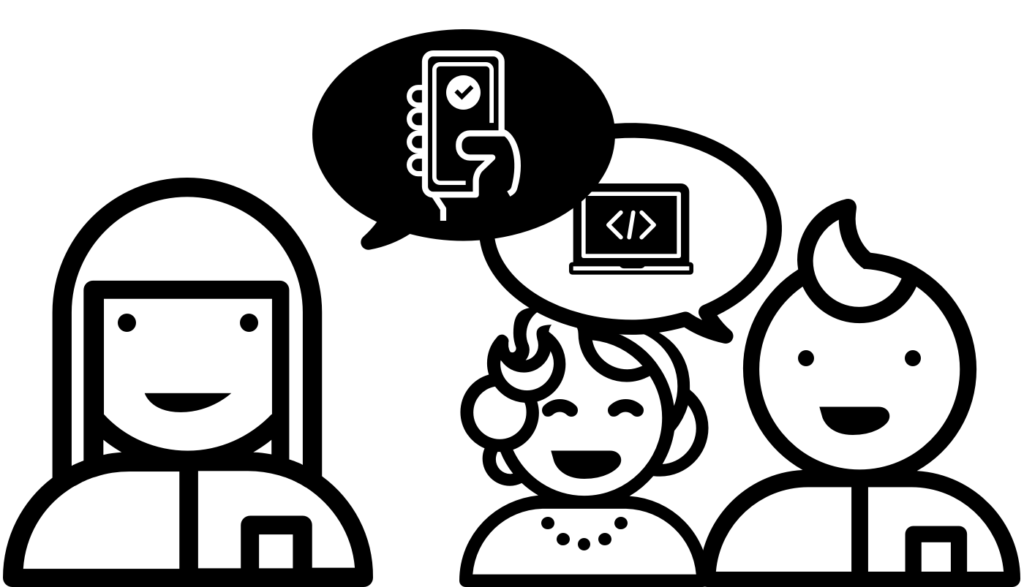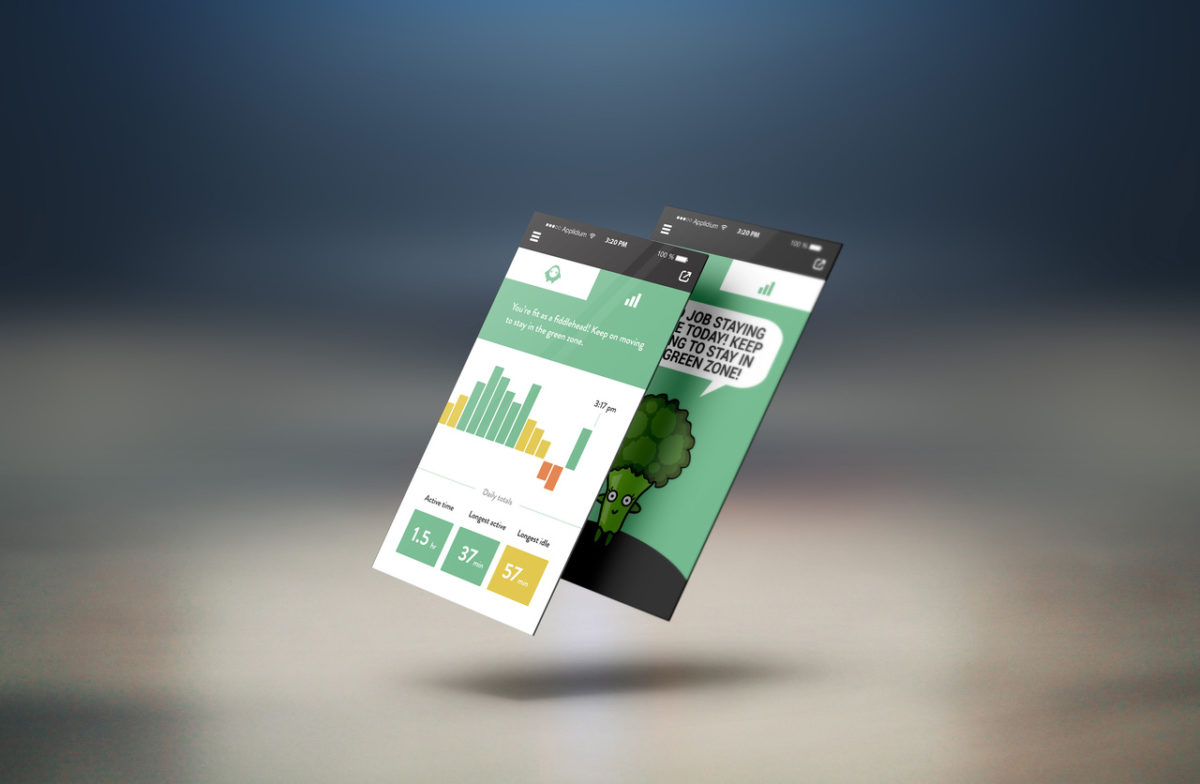The other day, I was meeting with a group of fellow women in technology when the subject of hackathons–or design/dev sprints–came up in conversation. The group had been discussing potential activities to get involved with and to my surprise, some of the people present were unaware that non-coders could be valuable hackathon members. Hackathons are traditionally code-oriented; however these events draw a variety of participants from diverse tech backgrounds.
If you search for hackathons via search engine or Twitter, you should find upcoming events, many of which sponsored by big organizations in exciting industries. For example, NASA is presenting one of the world’s largest hackathons right here in Pasadena, CA: the NASA Space Apps Challenge.
For those of you who are design students, hackathons are a great way to meet other likeminded people in technology and to build your portfolio. When I talk to design students who recently finish their programs, I truly stress this tip–particularly to those who graduated from programs such as General Assembly. Be aware that many student portfolios will look the same content-wise. Students need to stand out when looking to land that gig.

For the UX or UI designer looking to get involved with a hackathon for the first time, it would be a good idea to acquaint yourself with Google Design Sprints. This isn’t the time or place for working on complex personas or scenarios. Instead, use your UX ninja skills to look at the task at hand and take on the following:
- Hone in on the problem. What challenge is the hackathon looking to address?
- Get your ideas down on paper. Sketch out a few variations once you understand what your focus is, what elements of the product are you looking to include and who your users generally are.
- Raise the fidelity. Chances are you will be presenting a prototype rather than a fully-functional app or product. Your UI skills will be sought after amongst coders or project managers. I remember attending a hackathon and a group presented their code. That was it. It’s great to see the work, but this doesn’t quite emotionally resonate with judges and hackathon attendees.
- Get involved with the presentation of your design. This is a great opportunity to discuss your design decisions and how this addresses the problem.
If you have the time and the drive, start looking for upcoming events. Thankfully, the Jawbone Codeathon that I attended back in 2015 stressed rest, exercise and healthy eating. Be prepared that not all hackathons or codeathons offer drip coffee and quinoa. If you want to read more about my team’s hackathon win, take a look at the story on the General Assembly blog. Happy hacking!


